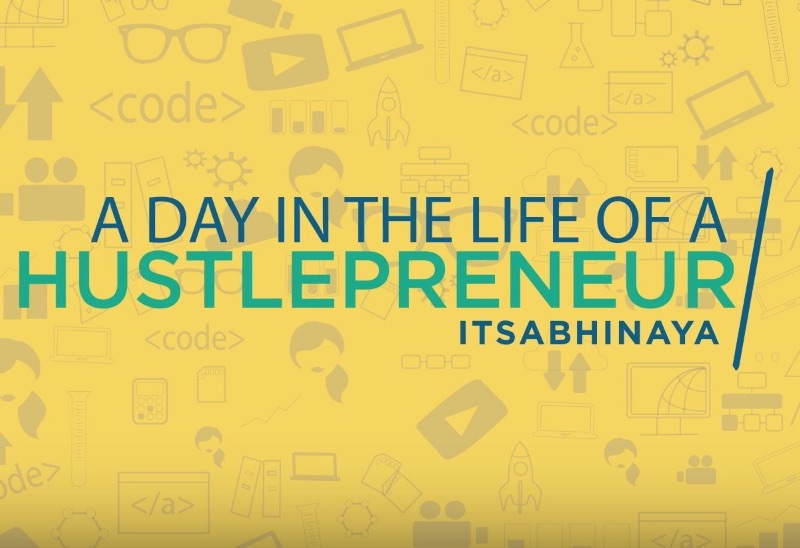22 May 2017

We don’t have years, anymore, to make a decision. We have months. Or in some cases, weeks.
~ Bruce Brandes, CEO of Lucro
The MedCity INVEST conference gathers physicians, investors, engineers, and entrepreneurs with a shared interest: Everyone is striving to improve healthcare. The event is produced by MedCity News. Investors arrive in search of their next ROI engine. Startup CEOs with eclectic backgrounds pitch bold ideas. The conversations are rich.
Continue reading →
09 May 2017

I like the idea of artificial intelligence because we’re so short of the real thing.
~Charlie Munger
The Berkshire Hathaway annual meeting combines business education, entertainment, shopping, and fellowship into one weekend-long event. Chairman Warren Buffett and Vice Chairman Charlie Munger have held the gathering every year since 1966. This year’s meeting, held on Saturday, May 6, 2017, attracted over 38,000 participants. Omaha’s CenturyLink Center was filled to the rafters.
What draws people in? I think it’s a combination of straight talk, savvy humor, and a shared mission.
Continue reading →
13 Mar 2017

Change is Real
Change has always been with us. When change happens in the business world, companies can either adapt or die.
Flatness Defined
The World is Flat by Thomas L. Friedman was published in 2005 and rapidly became a bestseller. Friedman defines a flat world as one where intellectual work and intellectual capital can be created anywhere and delivered anywhere.
How does a business decision-maker lead a team to benefit from flatness? A few thought-provoking ideas are presented here.
Continue reading →
15 Feb 2017
There is nothing like a good problem to spark the synapses, is there? To open the mind to new possibilities, new ways of seeing things. Of course, one must always confront self doubt and fear. But that is a small price to pay for the exhilaration of finding the perfect solution.
~Kurros, Think Tank
Star Trek Voyager, S5E19
 Josh Cheek likes to wrestle with good problems. In a single week, his mind might race between software development, quantum physics, music, and mathematics. Last Friday, Josh tweeted about some of his animated graphics experiments in Ruby. He linked to a GitHubGist with source code for the sine wave animation displayed with this article.
Josh Cheek likes to wrestle with good problems. In a single week, his mind might race between software development, quantum physics, music, and mathematics. Last Friday, Josh tweeted about some of his animated graphics experiments in Ruby. He linked to a GitHubGist with source code for the sine wave animation displayed with this article.
This post lists Josh’s code, along with the steps required to install the dependencies and make the snippet run.
Continue reading →
07 Jan 2017
 Abhinaya Konduru is in her senior year at the University of Illinois at Chicago, where she studies finance and mathematical computer science. One of her career goals is to become a venture capitalist.
Abhinaya Konduru is in her senior year at the University of Illinois at Chicago, where she studies finance and mathematical computer science. One of her career goals is to become a venture capitalist.
Abhinaya interviews entrepreneurs and other leaders as part of her Hustlepreneur video series. I was honored when she invited me to participate a few weeks ago. Here’s the result.
Continue reading →








